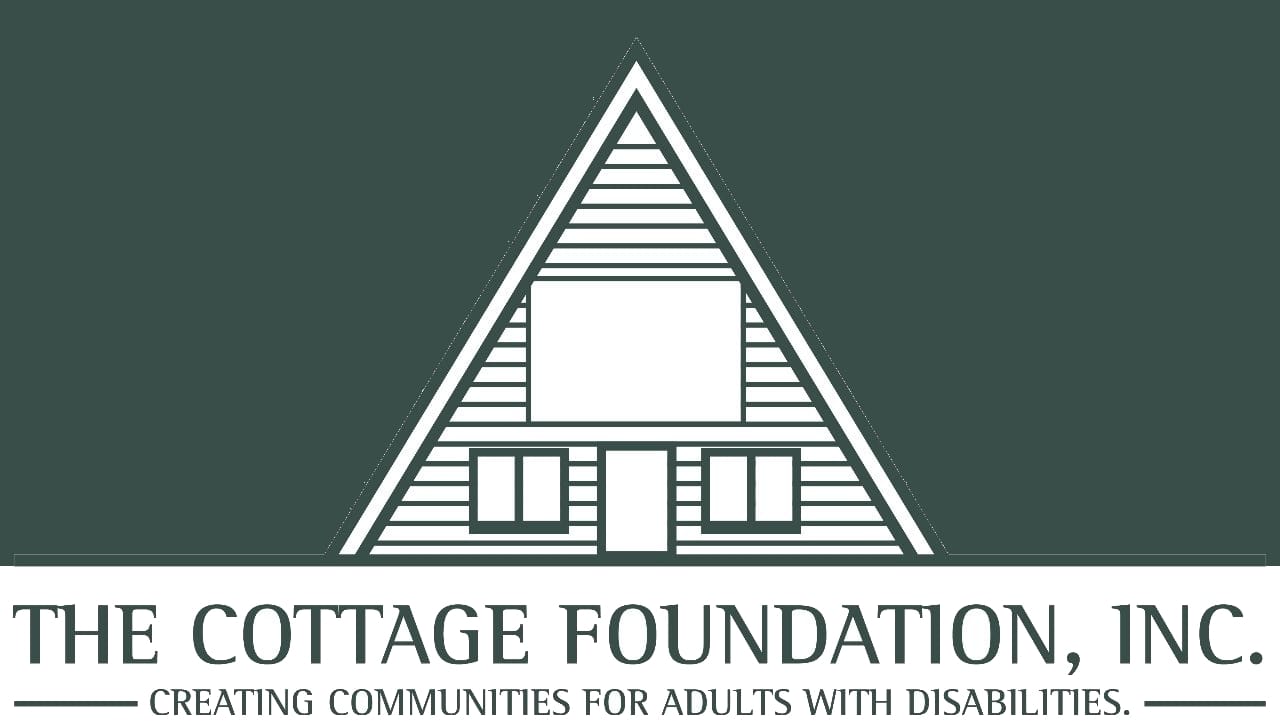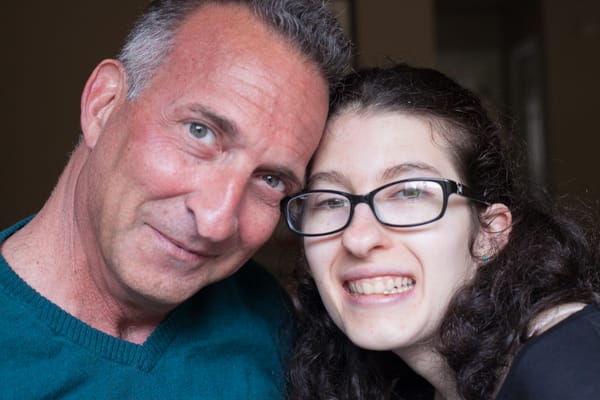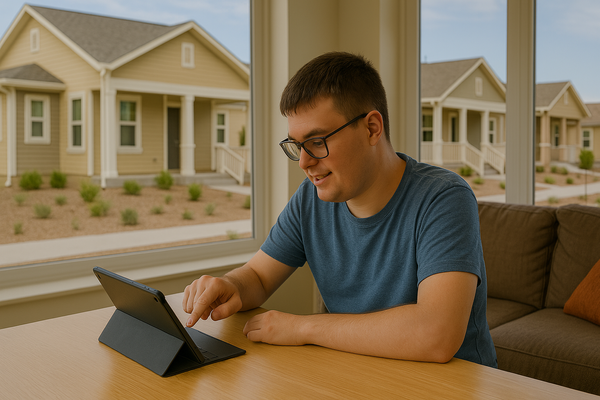Creating Inclusive Housing for People with Intellectual and Developmental Disabilities: Why It Matters
When it comes to housing for people with intellectual and developmental disabilities (I/DD), we often focus on the basics: affordability, accessibility, and safety. While these are crucial elements, there's another factor that deserves just as much attention: inclusivity. It's not enough to simply provide a roof over someone's head. Housing for people with I/DD should go beyond just physical accessibility—it must foster a sense of belonging, community integration, and crucially, psychological well-being through social contact.
An inclusive environment isn’t just about ramps or widened doorways. It’s about creating spaces where individuals with disabilities feel truly accepted, valued, and empowered. When housing is inclusive, it benefits everyone—not just the residents, but the entire community.
What Does "Inclusive Housing" Really Mean?
At its core, inclusive housing is about creating spaces where people with I/DD can thrive alongside their neighbors without feeling isolated, excluded, or stigmatized. It’s about making sure that people with disabilities are included in or invited to participate in their immediate communities, not hidden away in segregated settings.
This is not just a lofty ideal—it’s a necessity. Research shows that social inclusion is closely tied to better outcomes in terms of mental health, self-esteem, and overall well-being. People with disabilities deserve the same opportunities to live in vibrant, diverse communities as anyone else.
An inclusive housing environment isn’t just about physical space; it’s about fostering social and cultural environments that make residents feel accepted. This can include:
· Designing spaces that encourage interaction: This might involve shared community spaces where neighbors can meet and interact.
· Creating opportunities for community participation: Having activities, events, or even volunteer opportunities that allow everyone in the community to engage with one another.
· Promoting acceptance and reducing stigma: Ensuring that the residents and broader community are educated about disabilities and are committed to creating an inclusive environment.
Why Inclusive Housing Is Crucial for People with I/DD
Why it’s so essential for individuals with I/DD:
1. A Sense of Belonging
One of the most fundamental human needs is a sense of belonging. For individuals with I/DD, housing in an inclusive environment can provide just that. When people with disabilities live in integrated communities, they have the opportunity to form connections and build relationships with others—just like anyone else.
Imagine being a person with I/DD living in a housing complex or neighborhood where there are not any other residents with any apparent disabilities, like or unlike your own. Then imagine living in a community where disability is not merely tolerated, but instead, expected and welcomed. Where neighbors and visitors are engaged, welcoming, and supportive. The latter offers a true sense of community, which can lead to deeper social connections, friendships, and a more enriched life.
2. Psychological Importance of Social Contact
Humans are social creatures, and social contact is fundamental to our well-being. This is especially true for individuals with I/DD. A lack of social interaction can lead to feelings of isolation, depression, and anxiety. People with disabilities, like anyone else, need opportunities for meaningful social contact to develop their social skills, experience emotional support, and feel valued by others.
Inclusive housing makes this possible. By being integrated into their communities, people with I/DD can build friendships, enjoy (and suffer) everyday social interactions, and be a real part of their neighborhoods. These interactions have a psychological benefit that goes far beyond simple socialization—they contribute to a person’s mental health, sense of self-worth, and emotional stability. Regular, meaningful contact with others promotes a sense of connectedness, reducing the risk of loneliness and mental health challenges, which can often accompany living in isolated or isolating environments.
3. Promoting Independence and Autonomy
An inclusive housing environment doesn’t just foster emotional well-being—it also empowers individuals with I/DD to become more independent. When people with disabilities live in a safe, inclusive community, they can access the neighborhood on their own schedules, and access local amenities and activities that enhance their autonomy.
For example, when people with I/DD live in inclusive neighborhoods, they can walk to friends’ homes, attend community events, or engage in activities that help them develop life skills and confidence. This kind of independence can be a game-changer, offering individuals a chance to live as self-sufficiently as possible.
4. Reducing Stigma and Promoting Awareness
Living in an inclusive environment helps break down barriers of misunderstanding. Many people with I/DD face significant stigma and misconceptions. They are often misunderstood or excluded simply because of their differences. By creating inclusive housing, we can shift the narrative and promote greater awareness about disabilities. When neighbors embrace one another, including people with disabilities, they foster understanding, empathy, and respect.
The Benefits of Inclusive Housing for Nonprofits and Families
For nonprofits working in the disability space, promoting inclusive housing should be a top priority. Here’s why:
1. Long-Term Positive Impact on Individuals
As a director of a nonprofit, your work likely centers around improving the quality of life for people with disabilities. Inclusive housing is one of the most powerful ways to achieve that. People with I/DD who live in inclusive environments are better able to develop essential life skills, form social connections, and achieve greater independence.
By advocating for housing models that prioritize community integration, nonprofits can make a tangible difference in the lives of those they serve. These individuals aren’t just given a place to live—they are given a chance to flourish in a vibrant, inclusive society.
2. Enhancing Community Engagement
Inclusive housing is also beneficial for the broader community. When people with disabilities are genuinely included integrated into the community (as opposed to just politely tolerated), it leads to greater social cohesion and a more engaged neighborhood. Inclusive housing promotes community interaction, volunteerism, and shared responsibility. People with I/DD aren’t just isolated “residents” in a separate community—they are active participants in the life of the neighborhood.
For families, this means having access to a supportive, understanding environment that encourages growth and participation. Parents don’t have to worry about their loved one being left out or isolated—they can rest assured knowing that their family member is a valued part of a thriving community.
How Do We Create Inclusive Housing for I/DD?
Creating inclusive housing is not an impossible task, but it does require careful planning and intentional design. Here are a few steps we can take:
1. Design for Accessibility and Integration
Accessible design is key to creating inclusive housing. This means considering both physical accessibility and social accessibility (e.g., shared spaces where residents can interact and engage). Additionally, we must design homes that integrate seamlessly with the rest of the community—not set apart in isolated areas.
2. Promote Community Education
Educating the broader community about individuals’ differences is crucial. Outreach programs and community events can help break down stereotypes and foster a more inclusive mindset. Everyone deserves the opportunity to contribute to a welcoming and accepting environment.
3. Advocate for Policy Change
Finally, advocacy is key. Nonprofits, families, and disability advocates must push for policies that support the development of inclusive housing options for people with I/DD. This means funding programs that support inclusive housing and ensuring that local governments prioritize inclusive communities in their planning efforts.
Conclusion: Building a More Inclusive Future
Inclusive housing is not just a “nice-to-have” but a must-have for individuals with intellectual and developmental disabilities. It’s about more than just having a place to live—it’s about ensuring that people with disabilities are given the opportunity to lead fulfilling, independent, and meaningful lives in the heart of their communities.




